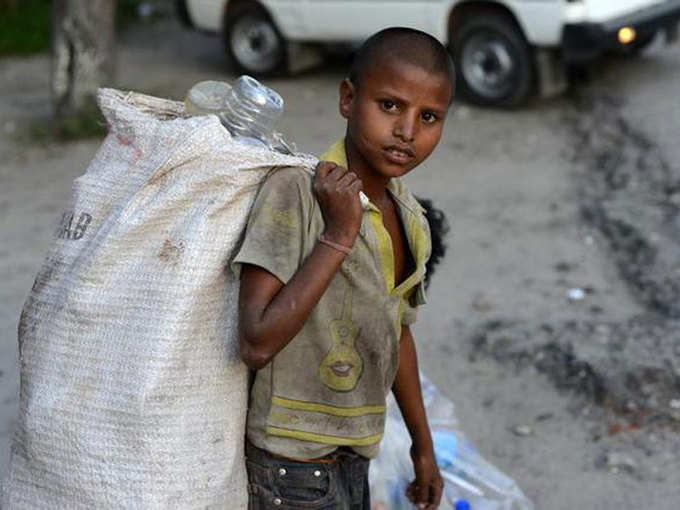 It’s a well known fact that India is pitted to overtake China in the next few years as the most populated country in the world. This means that the resources in India will have to be maximised with the growing number of population. This also means that the average number of young Indians in the next few years is bound to increase. This would put the country on a different pedestal when it comes to framing policies for the future.
It’s a well known fact that India is pitted to overtake China in the next few years as the most populated country in the world. This means that the resources in India will have to be maximised with the growing number of population. This also means that the average number of young Indians in the next few years is bound to increase. This would put the country on a different pedestal when it comes to framing policies for the future.
Youth Share Increasing
For instance, when the average age of an Indian is going to be 29 years by 2030, it becomes imperative for successive governments to provide impetus to growth related policies that would have good direction and generate jobs for the future. And for this to happen, the country needs to protect the youth of future and arm them with education in order to ensure their skills are upgraded from their predecessors.
There are clear gender divides in child labour too. While small boys are employed in shacks, sweat shops and smaller factories that are largely part of the unorganized sector; girls are employed as domestic helps and house helps.
Child protection policies and advocacy efforts to ensure children are protected from getting caught in the quagmire of labour is something the government needs to focus on.
The Nobel Effect
Bring into context the
The nine-month old
The government has sent out adequate feelers that it will take up the bill on prohibition of child labour in the upcoming budget session which is due to begin on February 23. The
Labour Minister
Currently, the bill lacks total ban on employing ‘chotus’ (common phrase used to address child labourers in north India) in various small, medium and large sectors of
The Blanket Ban?
The government is not only mulling over blanket ban on child labour, but also on making right to education as a compulsory factor across India. Experts have been arguing since long that when you remove children from the context of menial jobs, you need to place them in a better position to help them envision their bright future. Unless that is done, child labour, like prostitution, will never be eradicated from the face of earth. Because, as long as there is cheap labour, which will not raise its voice against any injustice, or low pay or exploitation, even large industries would love to have them. And this will turn into an endless chain. Large industries will feed on child labour, and vice-versa. When children under 14 years are encouraged to go to schools, there has to be a foolproof system that will ensure they are getting their share of education, given to them as a matter of right and not as a favour.
In a country like India where 41% children are below 18 years of age, which makes it a staggering number in terms of population share, the budgetary allocation for their bright future is rather miniscule. India sets aside only about 4.5% of its annual budget is spent on them. What needs immediate attention though, is the way we look at implementation of laws surrounding child protection, and anti-child labour acts. This cannot be the job of social sector alone. Unless government gets down to crack the whip, the detractors and perpetrators will still continue to dole out small jobs with high amount of work for money that’s not even worth mentioning, to be extracted from these young people.
The Current Policy
Currently, the child labour (protection and rehabilitation) amendment bill, 2012 talks about total banning of employment of children below 14 years of age. It also prohibits children aged between 14 and 18 from being employed in hazardous occupations and processes.
However, what would be open for interpretation is the definition of ‘hazardous’ occupations. Would zardosi work be considered hazardous? By nature of work, it isn’t because it does not involve working in harsh conditions. But, when you consider millions of young nubile hands are the secret behind those skillfully done embroideries, you may want to think again. Hopefully, the budget discussion will address these concerns when it comes to child labour.